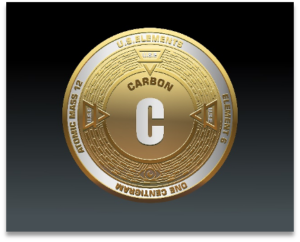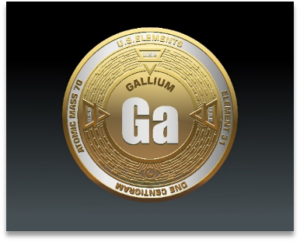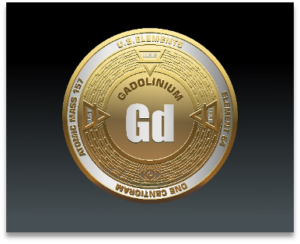Cerium, the most abundant rare earth element, might not get the same attention as its more exotic counterparts, but its industrial importance is undeniable. Best known for its role in catalytic converters, cerium also plays a critical part in glass polishing, alloys, and even self-cleaning ovens. As the seventh installment in our Critical Minerals Series, this article will explore the role of cerium in modern industry and why securing a domestic supply is essential to America’s economic and technological future.
Why the U.S. Needs It
Cerium’s versatility makes it indispensable across multiple industries. It is primarily used in:
- Automotive Catalysts: Cerium oxide helps reduce vehicle emissions by converting toxic gases into less harmful substances.
- Glass Manufacturing: Cerium is a key ingredient in glass polishing compounds, ensuring optical clarity in everything from eyeglasses to high-tech lenses.
- Metallurgy: Cerium improves the strength and oxidation resistance of metal alloys, making them useful in aerospace and defense applications.
- Electronics & Batteries: Cerium-based compounds are used in phosphors for display screens and as stabilizers in solid oxide fuel cells.
Where It’s Found Domestically
The U.S. has some cerium deposits, primarily in bastnäsite-bearing ore bodies located in:
- Mountain Pass, California: The most significant rare earth element mine in the U.S.
- Bear Lodge, Wyoming: Another promising source of rare earth minerals.
- Texas and Alaska: Additional deposits that could contribute to domestic supply.
Despite these resources, the U.S. remains heavily dependent on imports for cerium and other rare earth elements, primarily from China.
Economic Realities
- Global Production Leaders: China dominates the production and refining of cerium, controlling over 80% of the market.
- Market Demand: The global market for cerium is growing due to increased demand in automotive and high-tech applications.
- Challenges: The high cost of processing rare earth ores and refining cerium limits U.S. competitiveness.
Processing and Technological Innovations
- Solvent Extraction: The primary method for separating cerium from other rare earth elements.
- New Refining Techniques: Emerging technologies aim to reduce processing costs and environmental impacts.
- Recycling: Recovery of cerium from industrial waste and end-of-life electronics could supplement supply.
Abundance and Waste Recovery Potential
Cerium is one of the more abundant rare earth elements in the Earth’s crust, found at approximately 66 parts per million. While this makes it easier to obtain than some other rare earths, efficient processing and separation remain challenges. Some cerium can be recovered from industrial waste, but large-scale recycling efforts are still underdeveloped.
Time to Market
The time required to bring cerium from mining to industrial use varies based on refining capacity and supply chain efficiency. Currently, U.S. processing capabilities are limited, increasing dependence on foreign refiners.
Current and Future Applications
Beyond its traditional uses, cerium is seeing new applications in:
- Medical Imaging: Cerium-based compounds enhance contrast in X-rays and MRIs.
- Renewable Energy: Cerium is being explored for use in hydrogen fuel storage and solar panel coatings.
- Self-Cleaning Technologies: Cerium oxide coatings are used in self-cleaning glass and catalytic applications.
Impact on Everyday Life
From reducing vehicle emissions to improving the clarity of smartphone screens, cerium plays a quiet but crucial role in daily life. Its continued availability is essential for modern convenience and sustainability.
Consequences of Supply Shortages
A disruption in cerium supply would have widespread effects, particularly in the automotive, electronics, and clean energy sectors. Dependence on Chinese refining operations presents a national security risk, making the development of domestic capabilities imperative.
Import Dependence
- Current Import Sources: The U.S. imports the majority of its cerium from China, with smaller contributions from other rare earth producers like Australia and Myanmar.
- Supply Chain Risks: Geopolitical tensions and trade restrictions could threaten access to cerium, underscoring the need for domestic refining capacity.
Securing America’s Future
Ensuring a stable domestic supply of cerium will require investment in mining, refining, and recycling technologies. By prioritizing critical mineral independence, the U.S. can safeguard industries that rely on this essential element.
Stay tuned for the next installment in our Critical Minerals Series as we continue exploring the elements vital to America’s economic and national security future.
The road to mineral independence starts here. Let’s dig in.






